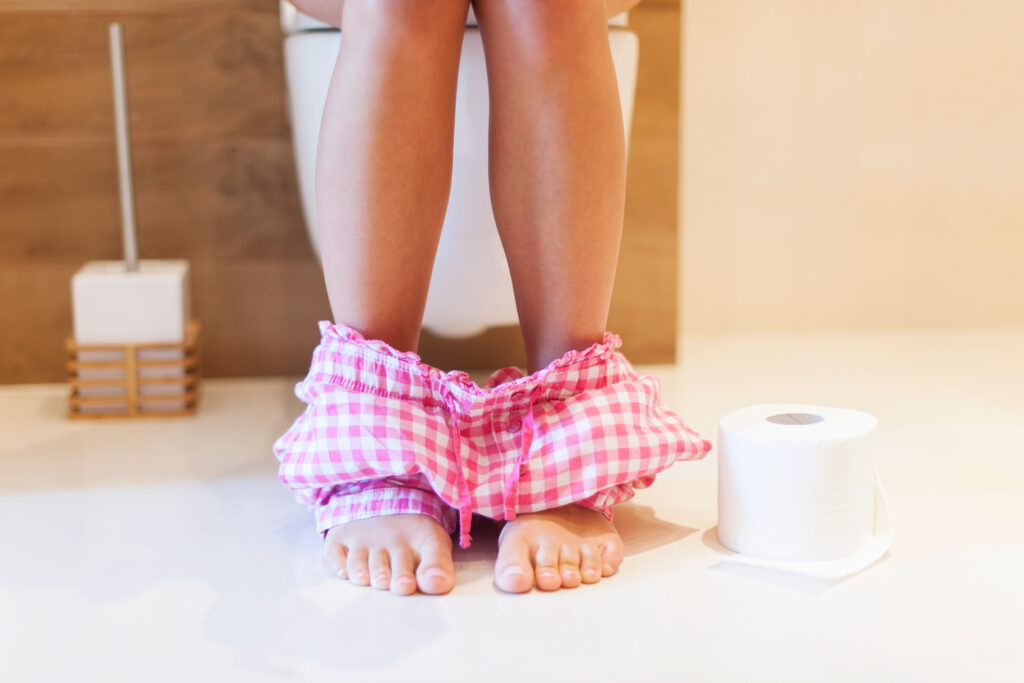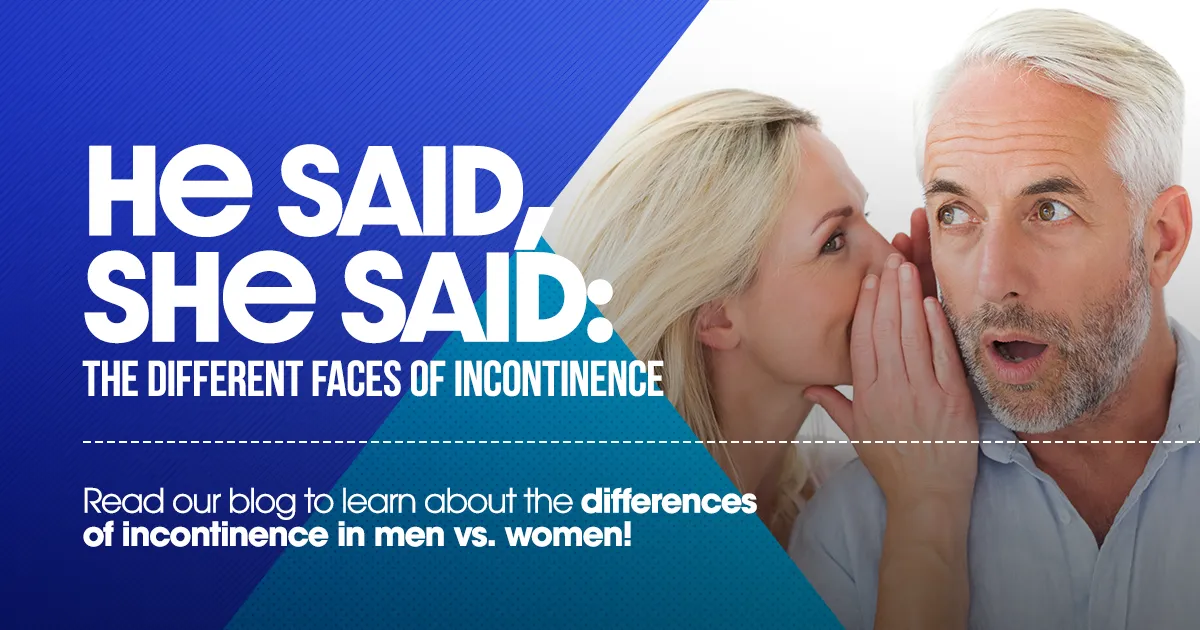Incontinence, the involuntary leakage of urine, is a common condition that affects millions of people worldwide. However, it’s important to understand that incontinence isn’t the same for everyone. There are significant differences between how men and women experience and manage this condition. Continue reading to learn more!
Why the Difference?
The main reason incontinence is different for men and women is simply anatomy. Women have a shorter urethra (the tube that carries urine out of the body) than men, making them more susceptible to bacteria entering the urinary tract and causing infections. Additionally, pregnancy and childbirth can weaken pelvic floor muscles, leading to stress incontinence (leakage with coughing, sneezing, etc.).
Hormonal changes during menopause also play a role in bladder control for women. As estrogen levels decrease, the tissues of the urethra and bladder can become thinner and less elastic, leading to increased urgency and frequency.
Men, on the other hand, are more likely to experience incontinence due to prostate problems. An enlarged prostate can block urine flow, causing difficulty emptying the bladder and leading to overflow incontinence. Additionally, prostate surgery (like a prostatectomy) can sometimes cause nerve damage that affects bladder control.

Types of Incontinence:
Both men and women can experience different types of incontinence:
- Stress Incontinence: Leakage due to physical pressure on the bladder (coughing, sneezing, laughing, etc.)
- Urge Incontinence: A sudden, intense urge to urinate followed by involuntary leakage.
- Overflow Incontinence: Frequent or constant dribbling of urine due to an inability to empty the bladder completely.
- Mixed Incontinence: A combination of different types.
What Can You Do?
Regardless of gender, seeking help for incontinence is crucial. There are various treatment options available, including:
- Lifestyle Changes: Weight loss, pelvic floor exercises, and dietary changes can often improve symptoms.
- Medications: Depending on the type of incontinence, medication can help relax the bladder or strengthen the muscles.
- Devices: In some cases, devices like pessaries for women or incontinence clamps for men can be effective.
- Surgery: In more severe cases, surgical procedures can be used to address the underlying cause.
Don’t let embarrassment hold you back from getting help. Talk to your doctor about your incontinence symptoms. They can help determine the cause and recommend appropriate treatment options to improve your quality of life. Remember, incontinence isn’t a normal part of aging or something you have to live with. With the right diagnosis and treatment, you can regain control and confidence. Visit urologyclinics.com or call (214) 580-2266 to learn more or schedule an appointment.



